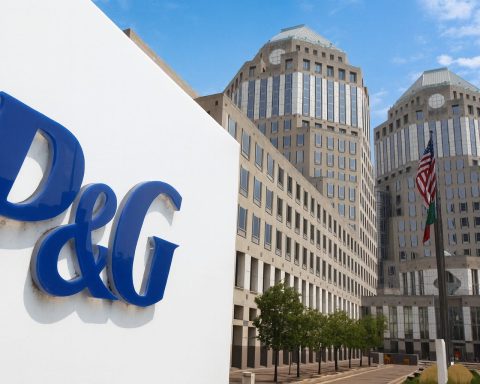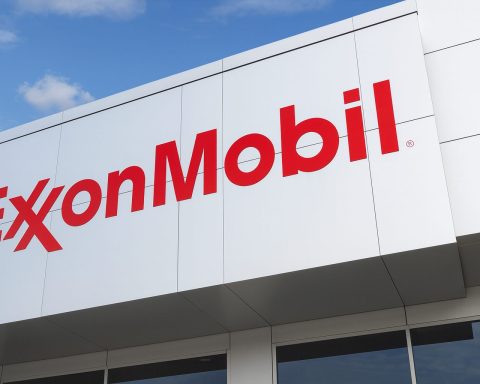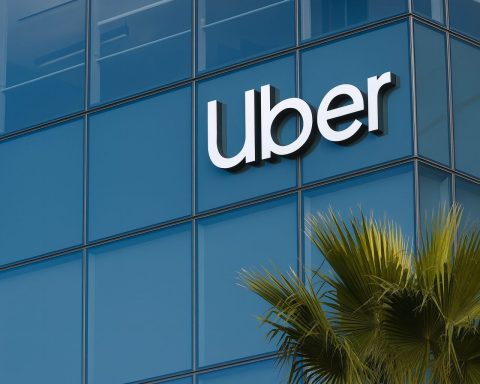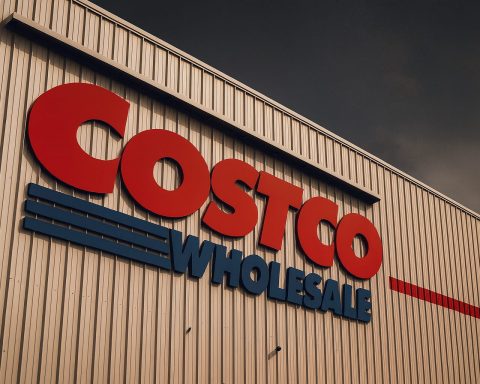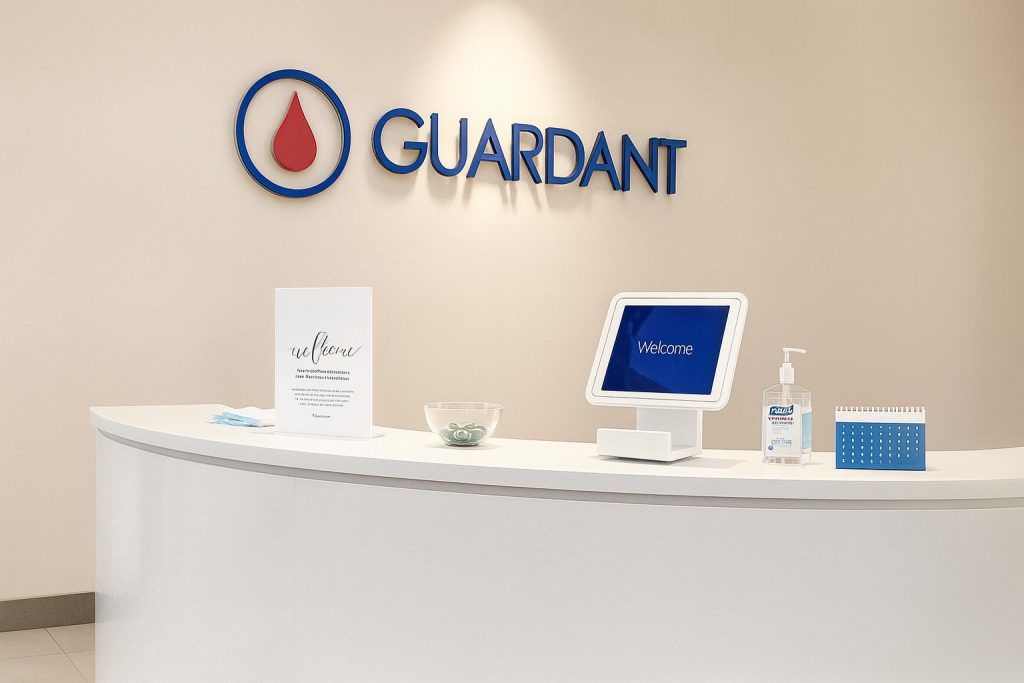- Current Price: As of Oct. 30, 2025, Baxter (NYSE: BAX) traded around $19 (down ~16% on the day) [1], after closing at $22.42 on Oct. 29.
- Q3 Results: Continuing‑operations revenue was $2.84 billion (up ~5% YoY) with adjusted EPS $0.69, beating estimates, but sales missed forecasts [2] [3]. GAAP EPS was a $0.10 loss per share [4].
- Guidance Cut: Baxter trimmed its full-year 2025 outlook. It now sees 4–5% sales growth (versus prior 6–7%) and lowered adjusted EPS to $2.35–2.40 (from $2.42–2.52) [5].
- Leadership: In July 2025 Baxter named Andrew Hider (formerly ATS Corp. CEO) as its new CEO [6]. He has launched productivity initiatives and said “there is clearly work ahead of us” to drive growth [7].
- Product/Partnership: Baxter recently launched the Welch Allyn Connex 360 patient-monitor and earned a Gold Level Resiliency Badge for IV fluid reliability [8]. It also teamed with Vizient on an IV fluid reserve program to bolster supply [9] [10].
- Challenges: Baxter has halted shipments of its new Novum IQ infusion pump after two patient deaths and multiple injuries were reported [11]. It’s also been hit by Hurricane Helene supply disruptions in its NC IV fluid plant [12] [13].
Mixed Third-Quarter Financial Results
Baxter’s Q3 showed a mixed picture. Revenue from continuing operations rose about 5% year-over-year to $2.84 billion, helped by strong performance in its Pharmaceuticals and Healthcare Systems units [14] [15]. However, sales fell short of the street’s ~$2.88 billion estimate [16]. On profit, Baxter earned an adjusted $0.69 per share, well above the ~$0.60 expected [17] [18]. (GAAP results showed a small net loss as some one-time costs were excluded from the adjusted figure [19].)
Despite the earnings beat, investors focused on the revenue miss. The stock tumbled ~15% in early trading on Oct. 30, 2025 [20] [21]. ChartMill noted the outsized drop, attributing it to “investors prioritizing the revenue shortfall and the company’s cautious near-term outlook over the stronger-than-expected bottom line” [22].
Revised Guidance and Market Reaction
Baxter’s guidance revision added to investor jitters. Management now forecasts only 4–5% sales growth for 2025 (down from 6–7%) and sees $2.35–2.40 in adjusted EPS [23]. For Q4 it expects roughly flat to slightly lower sales and ~$0.52–0.57 EPS [24]. The lowered outlook—especially the planned sales dip—explains much of the stock decline. As Reuters reported, the stock plunged more than 13% pre-market on Oct. 30 [25] after the news.
Several analysts have reacted. JPMorgan’s Robbie Marcus noted that investors “had feared this scenario” given the lack of an early warning about the new CEO and ongoing challenges [26]. Wall Street consensus now skews cautious: most firms rate BAX as a Hold, with an average 12-month price target near $28.89 [27]. That target implies roughly 30–50% upside from current levels, but analysts highlight that execution risks remain. As one industry observer put it, in this environment “there is clearly work ahead of us,” echoing CEO Andrew Hider’s view [28].
New CEO and Strategic Changes
With José Almeida’s departure, Baxter’s new CEO Andrew Hider (appointed July 2025) has been steering a turnaround. Hider immediately launched an Enterprise Excellence program (continuous improvement initiative) to boost productivity. In announcing the Q3 results, he said he was “energized by the talented team” and confident Baxter was taking the right steps to generate growth [29] [30]. The July management shakeup prompted some market skepticism, but Hider’s track record at ATS and Danaher suggests an operational focus.
Baxter also continues refocusing its portfolio. It sold its dialysis/Kidney Care business (forming “Vantive” with Carlyle) in early 2025, and is exiting low-margin IV fluid sales in China to concentrate on U.S. recovery [31] [32]. In fact, Baxter confirmed plans to suspend IV fluids promotion in China, citing over 50 local competitors [33]. This strategic pruning aims to strengthen core units (Advanced Surgery, Pharmaceutics, etc.) where Baxter sees higher returns.
Supply Resilience Efforts
Ensuring product supply is a top priority. Baxter’s North Cove plant (NC) makes ~60% of U.S. IV fluids, but was flooded by Hurricane Helene in 2024 [34]. The storm triggered nationwide IV bag shortages and hospital rationing last year. By late 2025 the FDA declared the IV/saline shortage resolved, crediting Baxter’s recovery efforts [35]. Baxter has since “restored production levels” and even ramped up its Shanghai IV plant output to send U.S. supplies during the crisis [36] [37].
To guard against future disruptions, Baxter teamed with Vizient on an IV reserve program. Vizient (a large hospital purchasing network) will warehouse dedicated Baxter IV fluid inventory for its members, ensuring backup supply during emergencies [38]. Baxter’s infusion-therapies chief Cecilia Soriano said, “we are actively committed to supporting hospitals and health systems navigate any threat to supply continuity,” underscoring this partnership [39]. Baxter also earned a Gold Resiliency Badge from the Healthcare Industry Resilience Collaborative for its IV and nutrition products [40], highlighting its stronger crisis preparedness.
Product Innovation and Partnerships
Beyond manufacturing, Baxter is expanding its product portfolio. Late Oct. 2025 saw the Welch Allyn Connex 360, a next-generation connected vital-signs monitor, go to market [41]. This device features advanced connectivity/security and customizable workflows, reflecting Baxter’s push into smart hospital equipment. In surgery, Baxter launched an improved Hemopatch sealing hemostat in Europe (room-temperature storage version) to better control bleeding during operations [42]. Senior VP Steve Wallace praised Hemopatch as part of “Baxter’s legacy of innovation in sealing and hemostasis” [43].
In software, Baxter Planning (an affiliated service‑supply-chain firm) was recently recognized as a leader in AI-powered parts management [44], though Baxter spun it off in a Marlin Equity deal. These launches and accolades signal Baxter’s continued commitment to R&D and digital health, even as it contends with short-term issues.
Regulatory and Quality Challenges
Several non-financial headwinds have cropped up. In surgical consumables, a U.S. Commerce Department probe into imported PPE and medical devices (launched in Sept 2025) looms over the sector, adding uncertainty [45]. More urgently, Baxter’s infusion pumps have attracted safety scrutiny. In mid-2025 Baxter halted shipments of the new Novum IQ large-volume pump after reports of two patient deaths and other injuries [46]. Baxter admitted software flaws could cause under- or over-infusion [47]. The FDA has issued early alerts and encouraged hospitals to update pump software or use alternatives [48] [49].
This pump issue triggered a securities class action accusing Baxter of downplaying risks [50] [51]. While Baxter said affected hospitals should continue or switch to older pumps, the reputational hit is real. Investors saw Baxter’s stock swoon 22% right after the July 2025 recall announcement [52]. On Oct. 30, analysts noted that these safety problems remain overhangs.
Industry Trends and Competitors
Baxter operates in a competitive medtech space. In IV fluids and renal care, Fresenius Medical Care (Baxter’s former dialysis arm’s suitor) reported solid Q3 revenues (~€5.57 billion) with stable margins [53], underscoring strong demand for kidney therapies and dialysates. Baxter’s other peers include ICU Medical (infusion systems) and Hill-Rom/Rom (patient monitoring). More broadly, healthcare stocks have been mixed: steady if unspectacular. Aging populations and post-pandemic care normalization support demand, but inflation and reimbursement pressures are challenges across the board.
Technological trends offer upside. AI-driven hospital equipment, home-infusion growth, and healthcare IT are strategic tailwinds. Baxter’s investments in connected monitors and smart supply-chain platforms tap into this trend. In an uncertain macro environment, Baxter’s moves toward digital health and AI-backed supply solutions position it for future growth – though results will take time to materialize.
Analyst Commentary and Stock Outlook
Analysts are digesting the mixed signals. Many have trimmed price targets or moved to Neutral/Hold since mid-2025 [54]. Morgan Stanley and Goldman Sachs recently cut targets to the mid-$20s (from the low $30s) as margins and revenue underperformed expectations. The 12-month consensus target is around $28.89 [55], implying significant upside from today’s levels. This reflects optimism that Baxter’s long-term fundamentals (market leadership in IV fluids, niche surgery products, a renewed management team) eventually shine through.
On the flip side, cautious analysts point out the near-term hurdles: ongoing effects of Helene, stiff US competition, and the time needed for Hider’s initiatives to yield results. A Piper Sandler survey noted “many investors had feared” Q3 revenue and outlook misses, suggesting sentiment had priced in some bad news [56].
Bottom Line: Baxter’s stock is in a correction phase after the Q3 miss and safety scares. In the short run, volatile trading and analyst downgrades may persist. But several experts believe the selloff already reflects the pandemic headwinds and one-off challenges. If Baxter executes on its strategic plan – restoring margins, expanding new products, and ensuring supply resilience – the company could trade higher over the next 12–24 months. Investors may want to watch upcoming earnings, CEO commentary, and any FDA updates on the infusion pump. For now, Baxter sits at an attractive valuation (about 1.1× sales, ~9× forward EPS [57]), but success hinges on management restoring growth momentum and market confidence.
Sources: Baxter investor releases and U.S. filings [58] [59]; Reuters, Bloomberg, Yahoo Finance, and regulatory news [60] [61] [62]; industry press releases and expert commentary [63] [64] [65].
References
1. www.reuters.com, 2. www.reuters.com, 3. www.chartmill.com, 4. www.baxter.com, 5. www.reuters.com, 6. www.reuters.com, 7. www.reuters.com, 8. www.baxter.com, 9. www.vizientinc.com, 10. www.vizientinc.com, 11. www.reuters.com, 12. www.baxter.com, 13. www.reuters.com, 14. www.baxter.com, 15. www.baxter.com, 16. www.reuters.com, 17. www.reuters.com, 18. www.chartmill.com, 19. www.baxter.com, 20. www.reuters.com, 21. www.chartmill.com, 22. www.chartmill.com, 23. www.reuters.com, 24. www.baxter.com, 25. www.reuters.com, 26. www.reuters.com, 27. www.marketbeat.com, 28. www.reuters.com, 29. www.baxter.com, 30. www.reuters.com, 31. www.baxter.com, 32. www.fiercepharma.com, 33. www.fiercepharma.com, 34. www.reuters.com, 35. www.reuters.com, 36. www.fiercepharma.com, 37. www.reuters.com, 38. www.vizientinc.com, 39. www.vizientinc.com, 40. www.baxter.com, 41. www.baxter.com, 42. www.baxter.com, 43. www.baxter.com, 44. www.prnewswire.com, 45. www.reuters.com, 46. www.reuters.com, 47. dicellolevitt.com, 48. www.ons.org, 49. www.reuters.com, 50. dicellolevitt.com, 51. dicellolevitt.com, 52. dicellolevitt.com, 53. www.ainvest.com, 54. www.marketbeat.com, 55. www.marketbeat.com, 56. www.reuters.com, 57. www.reuters.com, 58. www.baxter.com, 59. www.baxter.com, 60. www.reuters.com, 61. www.reuters.com, 62. www.reuters.com, 63. www.vizientinc.com, 64. www.baxter.com, 65. www.marketbeat.com

